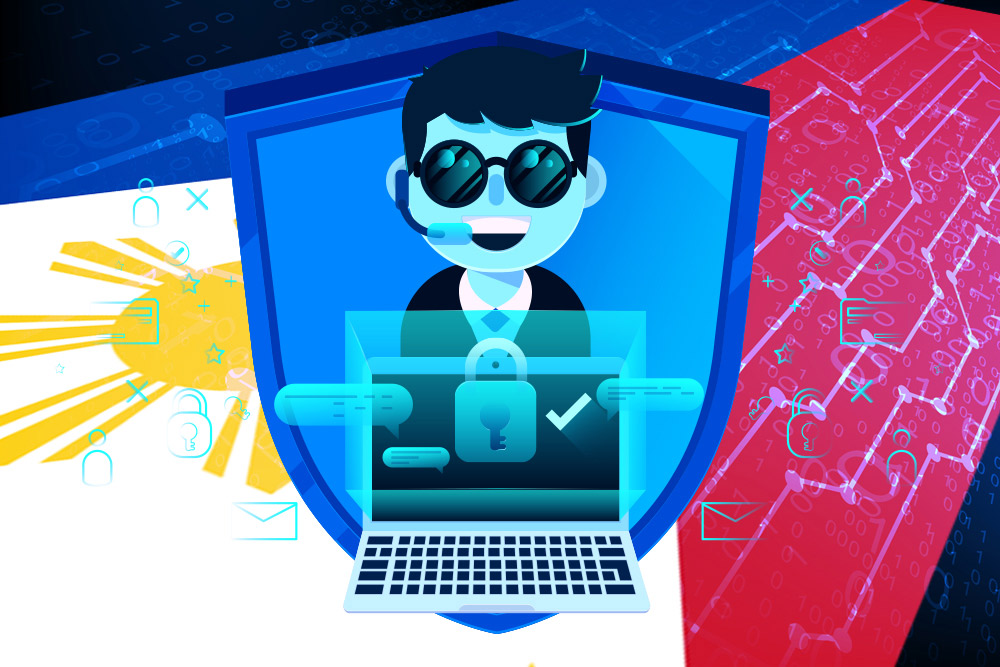
Philippine Government: How Safe Is Your Data
Philippine Government: How Safe Is Your Data
Hackers and intruders around the globe are targeting the government.
Last March, the infamous Anonymous Philippines has defaced the Civil Aviation Authority of the Philippines (CAAP). They protested that Ninoy Aquino International Airport (NAIA) must return to its previous name, Manila International Airport (MIA).
So, what now? Does the Philippine Government have the guts to protect their data?
The answer is negative. Based on various cybersecurity researches, the Philippines may not be as prepared compared to other countries when it comes to cybersecurity readiness.
So, in response, has researched some possible solutions to prevent these attacks from raging again.
The Need for Cybersecurity Professionals
As a developing country, technology is essential for growth. However, security is far more important.
A portion of the answers for this challenge is generally clear. Cybercriminals and malware can be lessened, sandboxed, and researched. Human error can be resolved through well-executed and frequently practiced cybersecurity awareness programs.
While these measures – alongside other security software – will lessen cyber threats, the risk can never be completely eliminated.
The good news is – with highly skilled cybersecurity professionals – this issue can be eventually mitigated and prevented. With good IT professionals fighting back against hackers and intruders, people can find solace in that their data and information are in the hands of experts.
Secure: Locking the Doors
Government organizations need to inspect and see all parts of their activities on the internet. The initial step is basic: they have to lock the doors.
However, you can’t make sure that all your doors are locked if you can’t find them. “Most organizations don’t recognize what IT frameworks they have,” says SANS Institute founder Alan Paller. Similarly, offices must audit their information to determine levels of sensitivity.
Locking the door means knowing all your activities, assets, and resources. Proper management is key to making sure you have no window left for the enemy to enter.
Resilient: Bouncing Back
Prevention is always better than cure.
An organization’s resilience to cyber threats – the capacity to contain the damage and manage assets to limit its effect – can be what spares it when disaster strikes. How quickly an organization can recognize and then isolate interruption can decide the degree to which it can limit additional harm, kill dangers, and bounce back.
The preparedness of the soldier before the war is the key to winning. Similarly, the resiliency and adaptability of the government are crucial to success.
Conclusion: Managing Cyber Risk
The Internet reshapes government in positive ways – it presents business open doors for hoodlums with cyber abilities. However, as offices expand their capacities through computer networking, IT outsourcing, and organizations, they progressively depend on complex frameworks not completely inside their control.
Additionally, the government endeavors to connect with subjects and representatives through online networking, which presents holes and openings attackers will surely attempt to abuse.
The bottom line lies in how the government faces and fights back the diverse world of cybercriminals. The need for speed, adaptability, and resiliency are badly needed to win this new battlefield.
Recent Posts
- How Does GPON Improve Network Efficiency?
- What Are The Advantages Of GPON?
- What Are The Benefits Of IT Outsourcing?
- What's The Deal With Ransomware Attacks?
- Are GPON Providers Widely Available?
- What's GPON's Impact On Bandwidth?
- Why Is Multi-Factor Authentication Important?
- How To Ensure Data Privacy Compliance?
 Blogs
Blogs Infographics
Infographics Videos
Videos Podcasts
Podcasts Case Studies
Case Studies Call For Quote
Call For Quote